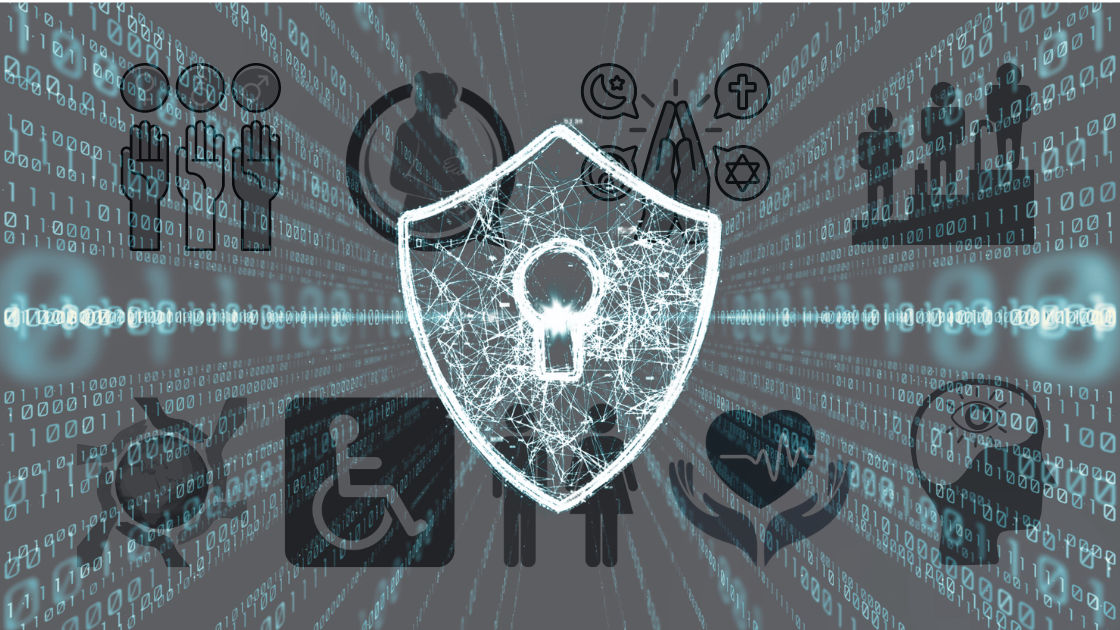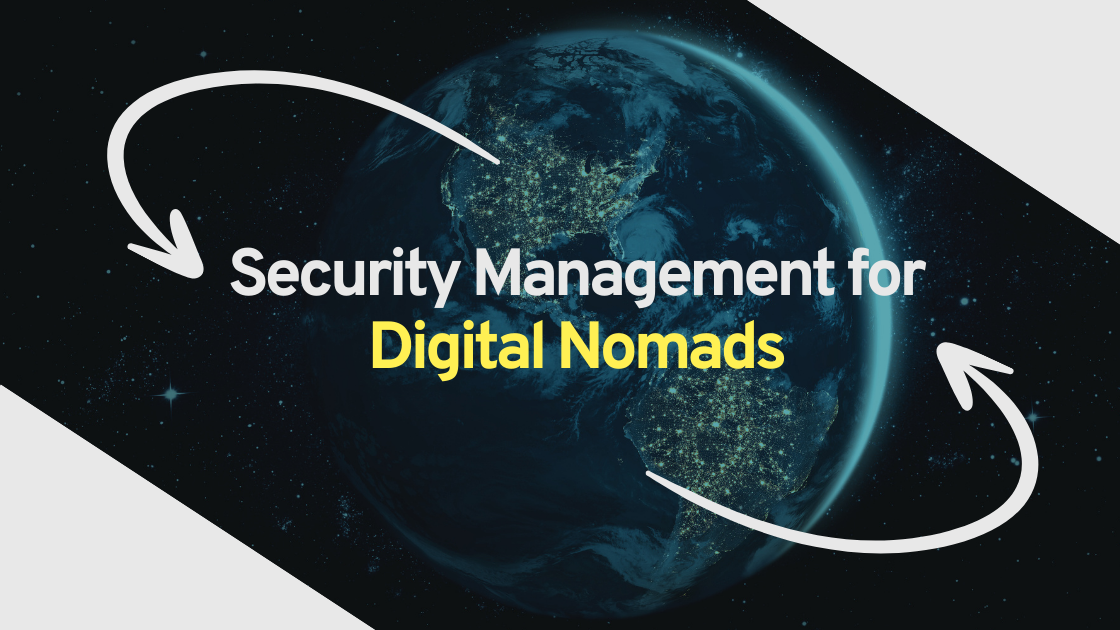The Humble Holiday Checklist: A Simple Tool to Cut Human Error and Improve Safety
Toothbrush? ✓ Passport? ✓ Sunscreen? ✓ Adequate amounts of underwear? ✓

As the summer holidays arrive, an almost nationwide dreaded packing extravaganza is about to commence. And without knowing it, travellers everywhere are tapping into a powerful method used even by NASA to ensure they have everything they need at their destination. It is, of course, the humble holiday checklist.
Checklists reduce failure in those who are under pressure or are performing repetitive tasks by compensating for the limits of human memory and attention. Much like risk assessments.
For a long time, however, checklists had a bad rap. Highly educated professionals tend to look down on checklists, feeling they are too basic for their level of expertise and experience. The reality could not be further from the truth and even with the most complex tasks, checklists are proving invaluable.
A simple yet powerful tool
“The Checklist Manifesto – How to Get Things Right”, by global bestselling author and a member of President Biden’s Covid-19 Advisory Board, Atul Gawande, highlighted that many surgeons felt their knowledge and expertise made them immune to errors. They perceived checklists to be a potential threat to their autonomy and an imposition on their decision-making process. Many were offended at the apparent debasement of their skills.
Once hospital authorities introduced checklists to reduce infection rates, the statistics were, however, more than convincing. The World Health Organisation reports that checklists helped to bring down surgical complications and deaths by one third in eight countries during trials. Hygiene and working practices improved thanks to the simple little checklist.
The rate of major complications following surgery fell from 11% in the baseline period to 7% after the introduction of checklists. Inpatient deaths following major operations fell by more than 40% (from 1.5% to 0.8%).
Why checklists work
In an article in the New Yorker, Gawande explains the advantages of the use of checklists in hospitals’ ICU departments. Checklists provided two main benefits; he wrote:
- “First, they helped with memory recall, especially with mundane matters that are easily overlooked in patients undergoing more drastic events. (When you are worrying about what treatment to give a woman who will not stop seizing, it is hard to remember to make sure that the head of her bed is in the right position.)
- A second effect was to make explicit the minimum, expected steps in complex processes. Checklists established a higher standard of baseline performance.”
A wider use in all organisations
Gawande’s work explores how checklists can be used for improved efficiency, consistency and safety not just in healthcare, but in a range of settings, everything from science and government to commercial businesses.
It is well known that airlines and even NASA use checklists to assist with their crisis management and to streamline their processes. Mastering complexity and dealing with crises is an everyday occurrence for astronauts and pilots. They not only oversee machines with millions of moving parts that all need to work perfectly, but are also responsible for many people’s lives.

NASA places checklists at the heart of their operations. Space missions involve thousands of people, most of them who will never know each other, all working together towards a common goal. Making sure that every detail is checked and double-checked is essential. That is why every crucial operation involves a checklist to make sure things are done right.
How you can use checklists to manage risk in your organisation
When it comes to risk management in your organisation, much can be borrowed from this way of working. After all, a risk assessment is essentially a checklist – one that works through what could go wrong and mitigates the risks in advance.
At RiskPal, our assessment templates help you to reduce failure through a streamlined digital platform that maximises efficiency, collaboration and oversight.
So, what makes a good checklist in our experience?
- Simplicity is key – a checklist needs to be clear and easily understood by all.
- A logical order means one action can be completed and naturally flow to the next.
- Communication is crucial so that everyone knows what their role is, why they’re doing each action and why it’s important to the organisation.
- Measuring impact – track how checklists are improving your processes and cutting risk so you can continuously improve. What starts as a simple checklist can become a bespoke tool that is continuously refined and improved to maximum effect.
- Using digital checklists means you have an electronic record so you can monitor progress and refer back to it, if required. A great checklist that is shared and available at the touch of a button forms a key part of the wider processes within an organisation.
It is easy to dismiss the checklist as tick box exercise for simpletons. But, as experience shows, if you are carrying out a complex surgery, flying a commercial airliner, reaching for the stars or merely packing for a holiday, checklists reduce the risk of failure… or forgetting the sunscreen.
RiskPal makes safety simple and compliance straight forward. Want to know more?



